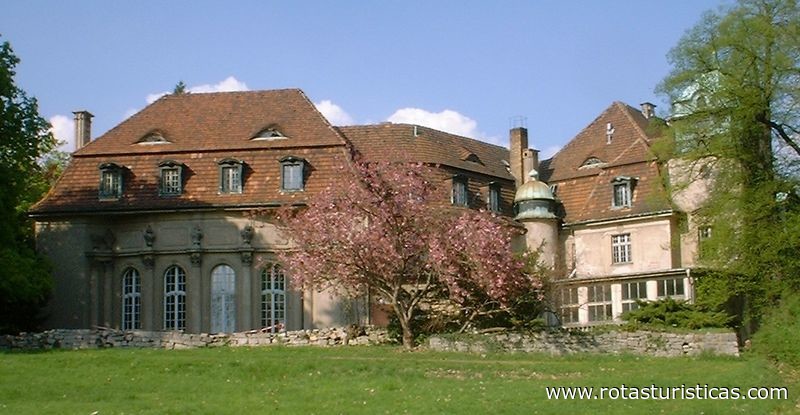Berlim, Berlim, Germany
Suggest Place to Visit
4188
Track to location with GPS |
 |
The place and the Marquardt Castle are about 15 km northwest of the city center of Potsdam on the Wublitz, a right tributary of the Havel. The castle park borders on the Schlänitzsee. Since a municipal reform in 2003, Marquardt has been a district of Potsdam. The castle has an eventful history as a place of residence or summer residence of aristocratic or upper-class rights, as well as among hotels as a hotel, military hospital and university institute. At the moment (March 2013) it is empty and is only slowly being rented out.
Archaeological finds attest an old Wendish fishing settlement at this point as early as the 9th century. The old place name Skoryn is found in records in 1313. The ownership structure of the associated manor or manor house has been known since then. Since 1375 there were two manors owned by the government of the family. In 1660 Moritz Andreas von Wartenberg bought both farms and developed a manor. One of the manor houses was taken over as the manor house, the other as the seat of the estate administration. The last mansion, the last castle, consisted of a floor level and a visible mezzanine.
The last of the von Wartenbergs died in 1704 without any events. The next possession and liege lord was Marquard Ludwig von Printzen (1675–1725). At his request to his King Friedrich I, name the property according to his first name guidelines. As early as 1708, the Freiherr leader of the now Gut Marquard again, Carow became his family seat with the castle, church and hereditary burial.
Between 1708 and 1781, Marquard was the property of the von Wyckersloot family, who moved to the Lower Rhine region. On a royal opinion of 1763 it was learned that a silkworm farm had permanent ownership. A mulberry plantation was laid out northeast of the manor house. In the last generation the family was so deeply indebted that it was sold to Marquard at a loss. Theodor Fontane (1819-98) noted his wanderings through the Mark Brandenburg (1862-89) in the volume Havelland about his own development, which already had little constant ownership so now that we are Marquardt in briefly from 1781 to 1795 see in the aftermath of comes different families. The following Potsdams belong to this a role. Those who were close to the court, or who outside of the service found it difficult to pull themselves out of the sun, choose those who are closer to them. Marquardt was among them. Courtiers understand, recognize their Villeggiatur (es .: recreational stay in rural surroundings) and distinguish it again [2]. A great resistance to brands in 1791 several courtyards in the village, opening of a large part of the manor house and the associated farmyard.
In 1795, General Hans Rudolf von Bischoffwerder (1741–1803) became the new owner of Marquard, a close confidante and advisor to King Friedrich Wilhelm II (1744–1797). Marquard became the scene of a bizarre episode in Prussian history for a short time. Bischoffwerder had drawn himself to occult phenomena in his own career as a soldier and in various state offices - an impact that was not heard at the time. 1779 Deal in the order of the Rosicrucians, a mystical-religious secret society that wages war against current efforts of the Enlightenment. Together with Johann Christoph von Woellner, another political Rosicrucian, won the Prussian Crown Prince Friedrich Wilhelm (II.) As a member of the order in 1781 and, in the spirit of the secret society, also thoughtfully Room with different light and color effects and with double settings. There - as in other places - the Rosicrucians, in the presence of the easy-going and gullible king, belong to spiritualistic interests, with apparent ghost voices and other simulated supernatural appearances. A later possession of the castle, which demolished the grotto between 1860 and 1870 due to dilapidation. Your location is no longer today.
Bischoffwerder made his property too powerful. He is said to have a good relationship with his peasants, he has the taxes and demanded poor companionship, as a long war [3]. After 1795 he was given the responsibility to design the area on the lake shore as an English landscape park. In 1823 his son heard that the park had been redesigned based on a sketch by Peter Joseph Lenné. In 1843 the last pastor became the spelling of the place name - Marquard became Marquardt. Theodor Fontane keeps from Marquardt Castle.
After a long time as an aristocratic residence, Marquardt became the property of a bourgeois in 1860. In 1862 the local chaplain noted that through Paul Tholuck, the new landowner, who ... only steam engines and other machines in the quiet and quiet Marquardt would destroy all poetry and idyll. (...) There is only the principle of usefulness and everything depends on the profit, on the wallet. (...) Uneducated, haughty and immoral inspectors stood at one place of government ...
The next property was re-administered in 1870, Kommerzienrat Carl Meyer, representative of the Essen company Krupp in Berlin, in 1879/80 as a two-storey building with seven window axes. On Meyer 1892 enjoyed Louis Auguste Ravené (1866-1944) as the owner. He was a descendant of Huguenot refugees who had come to Berlin from France and who, thanks to the wholesale trade in steel and iron, came to be part of the expansion of the German railway network in the 19th century. With his family he lived in Marquardtgende Participation in the summer months. Ravené Rightest further, changing building rights: controlled, the building was extended from 1879/80 and added to an L-shaped structure; in tower took place, north and east side recognize terraces. In a second phase of renovation in 1912/13, years later, an entire wing of the building with an oval ballroom and large-window neo-baroque facade was used. There were also various associated additions and decorative elements such as putti and neo-rococo ornaments. Ravené related the parking surveillance and job position changes. At the world exhibition in Brussels in 1897, he acquired the elaborately designed wrought-iron gate. In 1900 he founded the new building of the nearby Protestant village church in which it is located. The architectural ensemble of that time has been preserved to this day.
In 1932 Ravené leased the castle and the Kempinski hotel company. The "Hotel Schloss Marquardt" with ten single and 14 double rooms, various paneled restaurants, tea and wine bars as well as terraces with a view of the lake and the park have become a popular destination, especially Berlin, for those concerned.
The operations of the Kempinski Group were "aryanized" in 1937 by the National Socialists. Aschinger AG Berlin will continue to operate the hotel in Marquardt until the system was checked at the beginning of the war in 1939 and checked as a reserve hospital. The restaurant is still in operation. In March 1942 Louis Ravené acquired the property, including the land and all of the personal buildings, the castle (...), the greenhouse, the garden shed, the distillery building, the blacksmith's shop, the garage with Zige Wigehnen] to Aschinger AG.
The Soviet Red Army occupied Marquardt on April 25, 1945. The military hospital was closed, the Aschinger factories were controlled and expropriated bald. In the first post-war years, the consequences in the castle and the side effects of refugees from the old German treaties of the Oder subsided. Potatoes and vegetables are grown on the same park. There is a school for the deaf for the land and buildings: a school for the deaf, the Oranienburg horticultural school (until 1949), an experimental station for agrobiology (until 1951), various scientific institutions for fruit growing and growing. Last right at the end of the GDR war since 1986 the LPG fruit production Marquardt.
The "Esplanade" hotel group became a "Schlosshotel Marquardt GmbH & Co. KG" and a new hotel facility on the estate in 1993. After losing these rights, the federal government had an option on the castle. In 1998 a real estate management company in Munich acquired the land belonging to TLG Immobilien GmbH, a subsidiary of the Treuhandanstalt. In two of them, the castle has been vacant lately. The ballroom and some side rooms can be rented for private events. Users or buyers are currently (December 2011) looking for roof repairs and dry rot repairs. It must be placed under the park, even if the castle is a listed building, also in the future.
An international summer exhibition of contemporary art with the title “Rohkunstbau” was located from 2009 to 2011 in Marquardt Castle. Since 1998, the castle and its surroundings have been the setting for filming less than twenty film and television productions or music videos.
Comments
We don´t have yet any comments about:
Marquardt Castle
Marquardt Castle
Be the first to leave a comment as it is very important to inform other people
Outros locais a visitar
Within a radius of 20 km from:Marquardt Castle
Volkspark Potsdam |
| 7,1 Km |
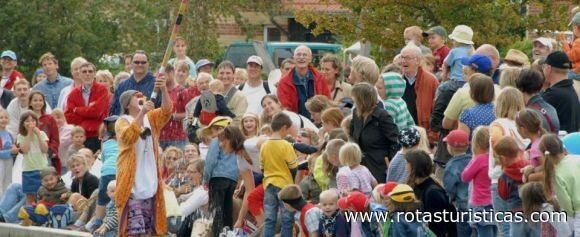 |
Novo palácio |
| 7,2 Km |
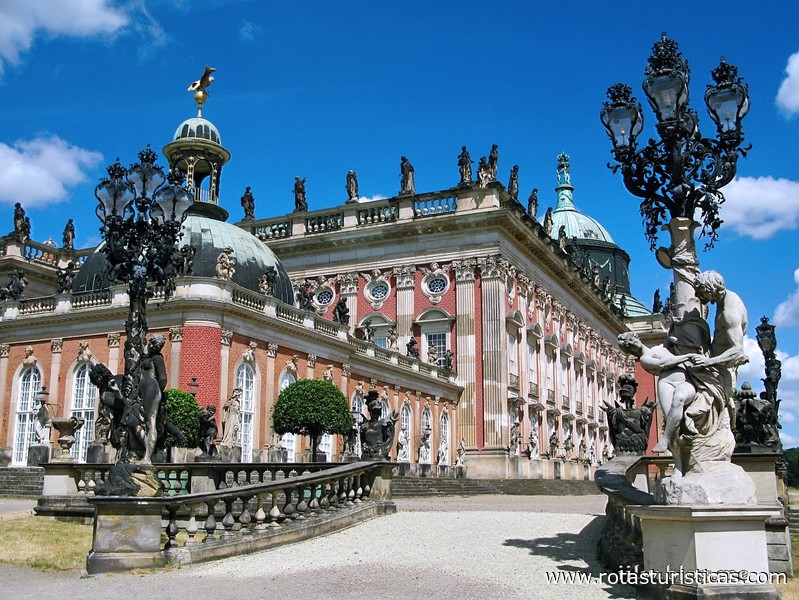 |
Standing Potsdam |
| 7,3 Km |
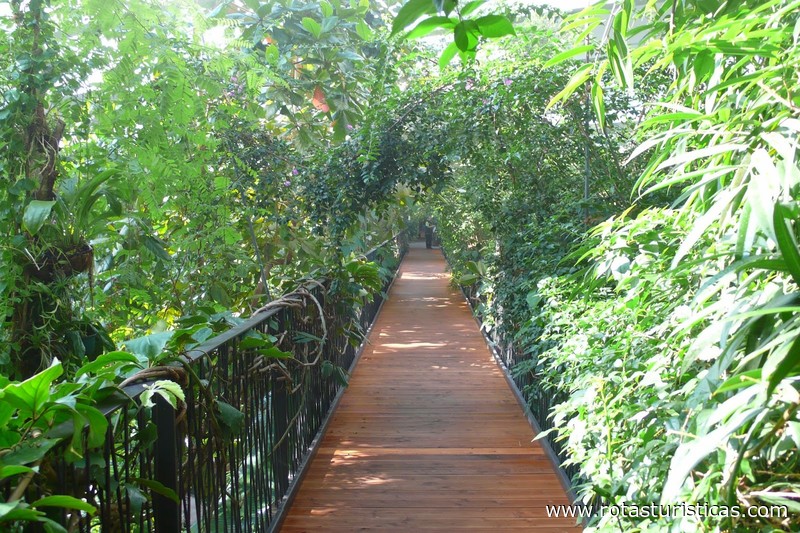 |
Jardim Botânico |
| 7,4 Km |
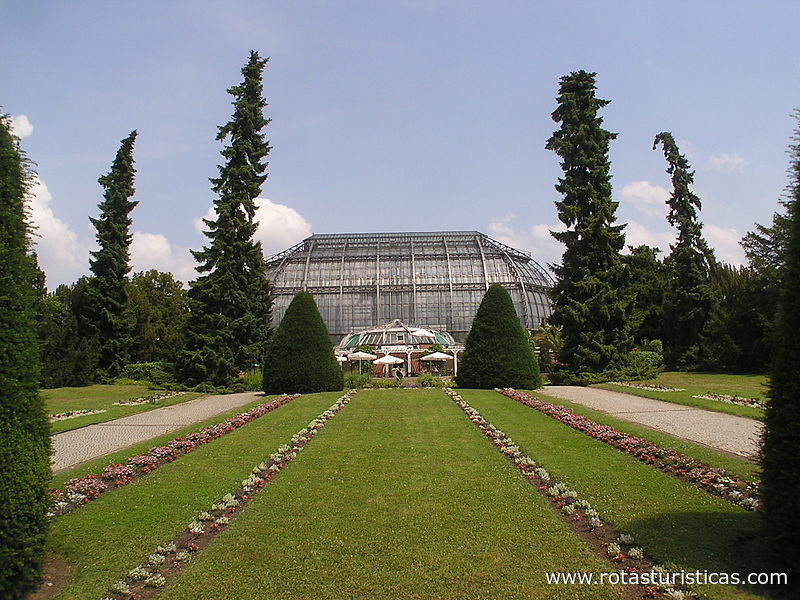 |
Montanha das ruínas |
| 7,5 Km |
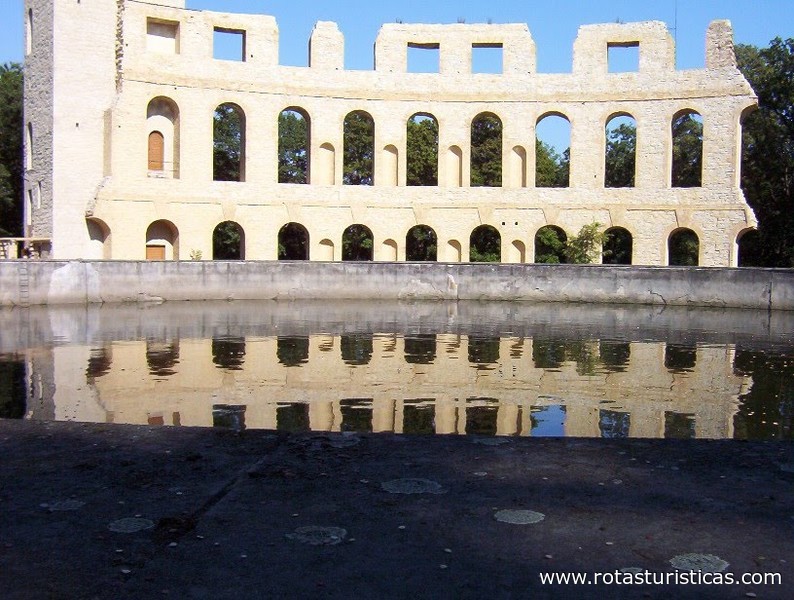 |
Parque Sanssouci |
| 7,7 Km |
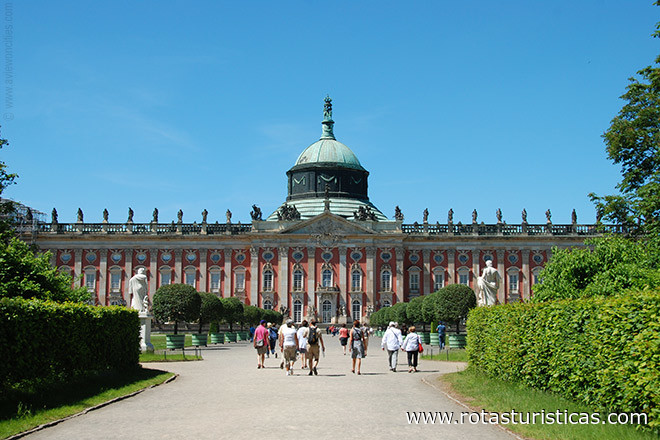 |
Palácio de Charlottenhof |
| 8,1 Km |
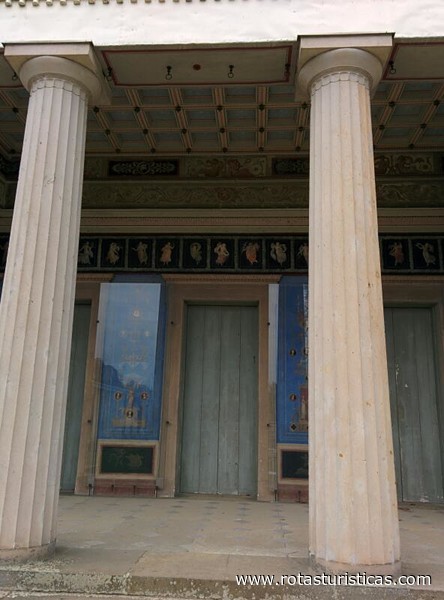 |
Igreja da Paz |
| 8,4 Km |
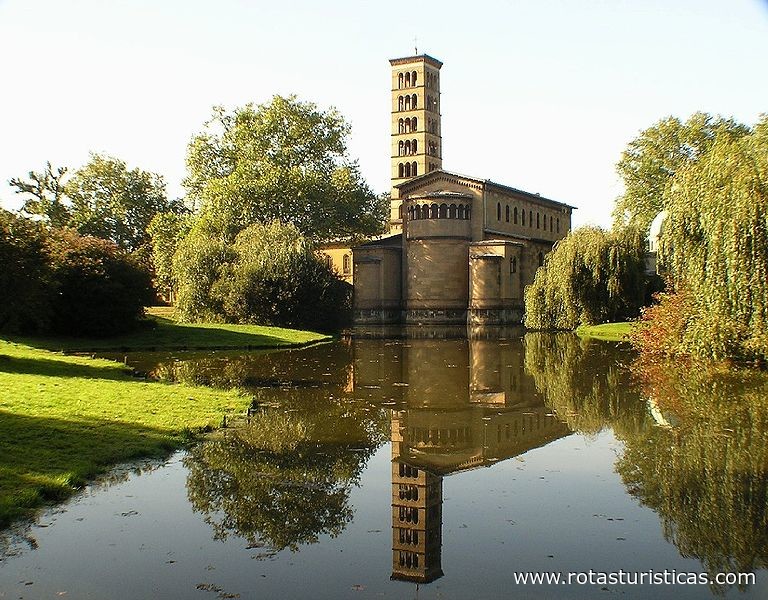 |
Igreja do Redentor |
| 8,5 Km |
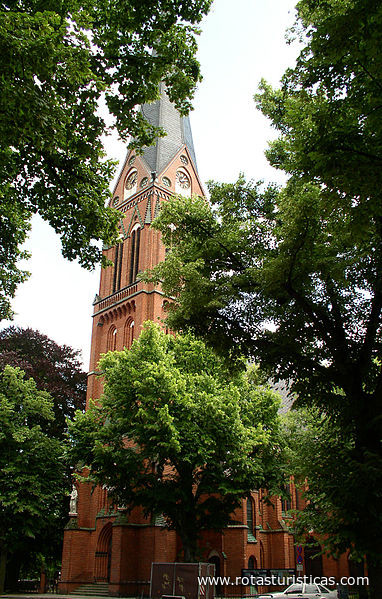 |
Parkland New Garden |
| 8,7 Km |
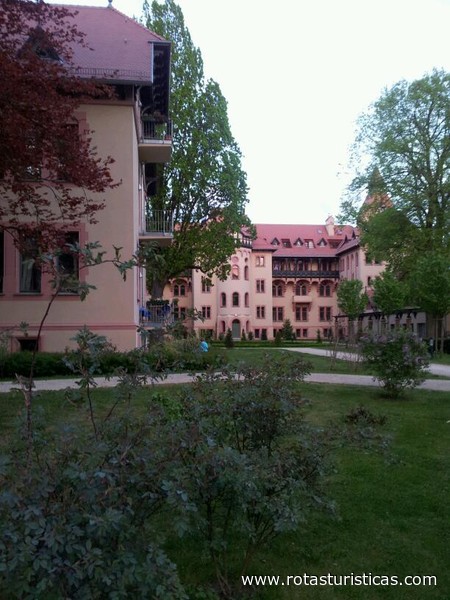 |
Museu do Cinema de Potsdam |
| 9,5 Km |
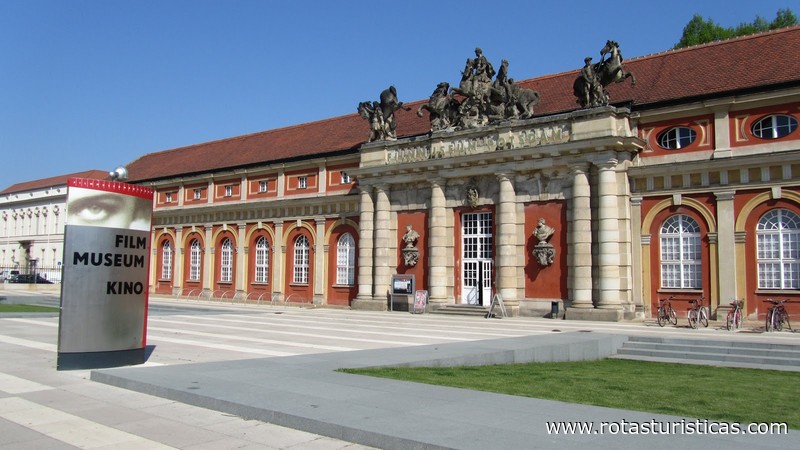 |
Castelo de Sacrow |
| 9,6 Km |
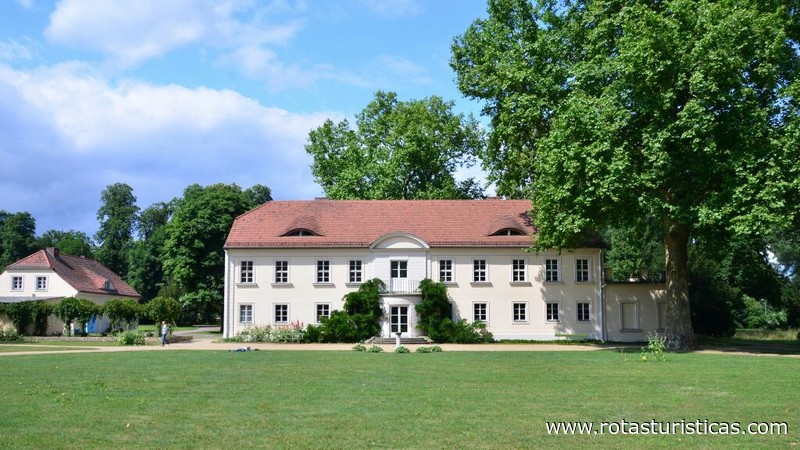 |
Igreja de São Nicolau |
| 9,6 Km |
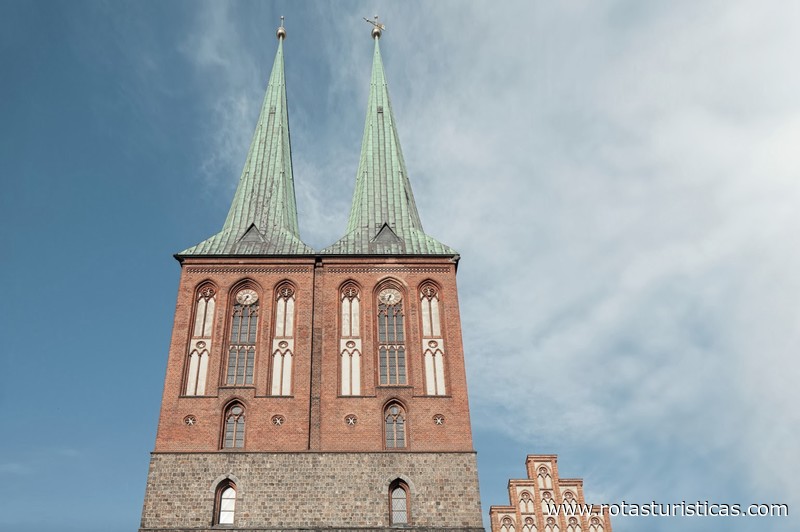 |
Igreja do Redentor |
| 9,8 Km |
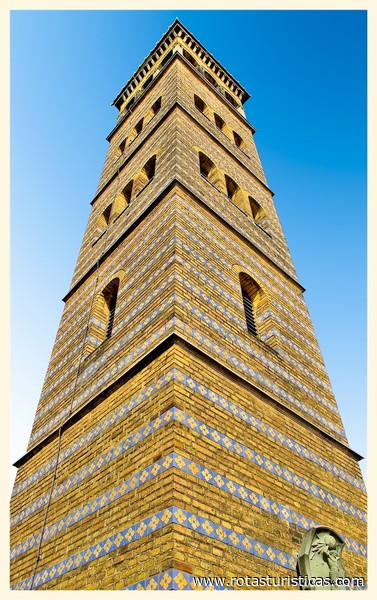 |
Parque Babelsberg |
| 10,5 Km |
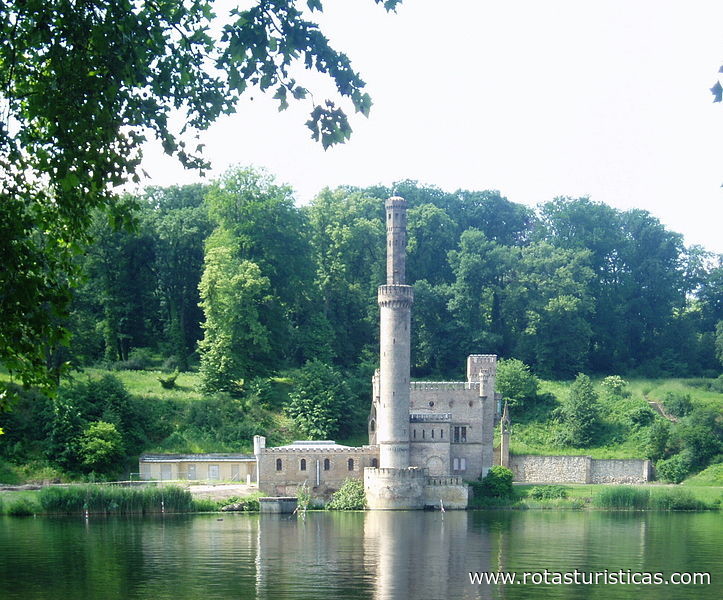 |
São Pedro e São Paulo |
| 11,1 Km |
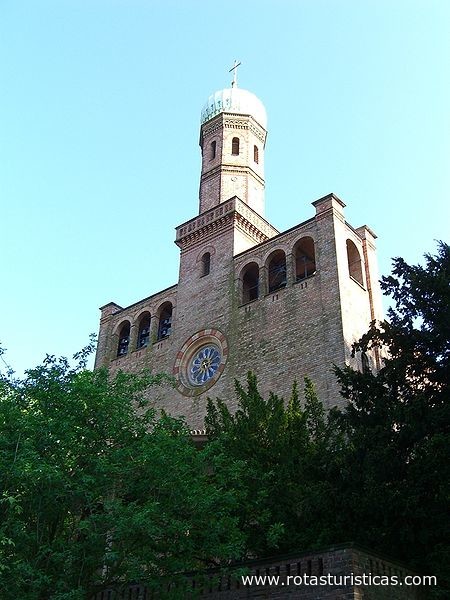 |
Casa da Conferência Wannsee |
| 14,0 Km |
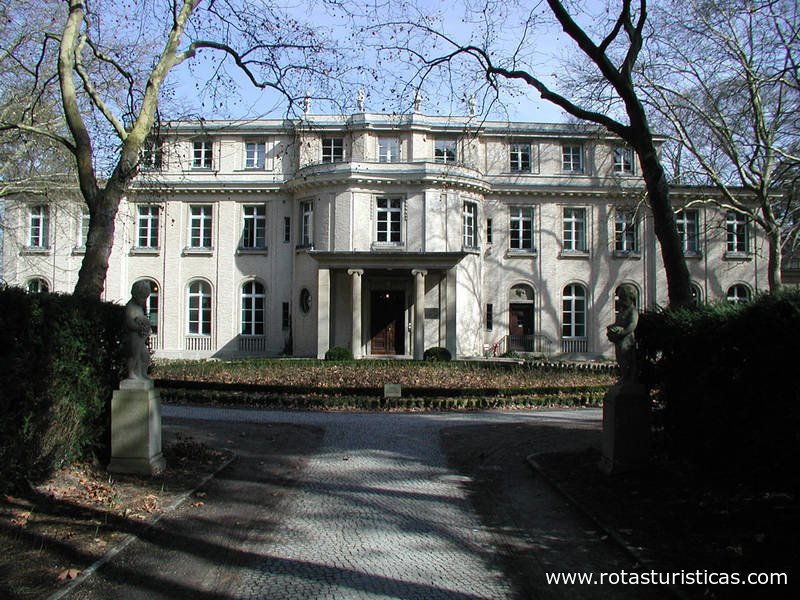 |
Villa Liebermann |
| 14,0 Km |
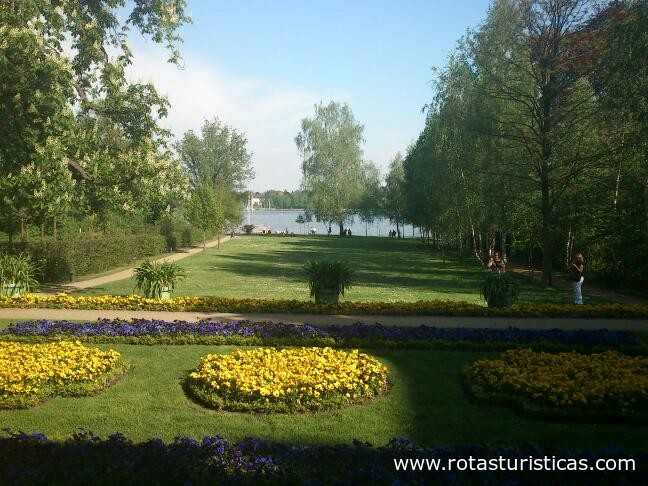 |
Wannsee lido |
| 14,9 Km |
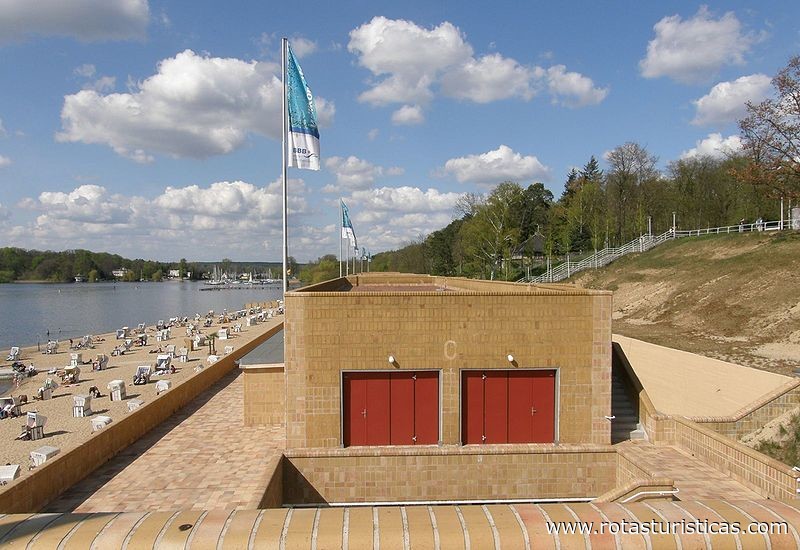 |
Cidadela de Spandau |
| 19,2 Km |
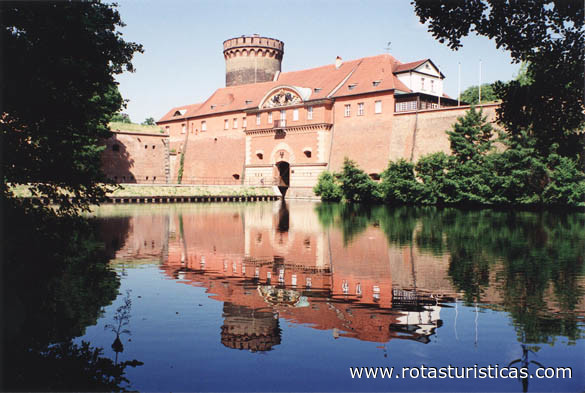 |
Hotel reservation near Marquardt Castle within a radius of 20 km
Why to book with ROTAS TURISTICAS
The best prices
Our partnerships with the world´s largest operators offer research on the best market prices.
More options
At Rotas Turisticos you can book the hotel, buy the air ticket, book the transfer from the airport to the hotel and vice versa, book the local excursions, rent the car, take travel insurance and consult the places to visit and where to go.
Holiday Tips & Destinations
Hundreds of holiday destinations with all the options that allow you to easily choose the destination that best suits your dream vacation.
ROTAS TURISTICAS
Links


